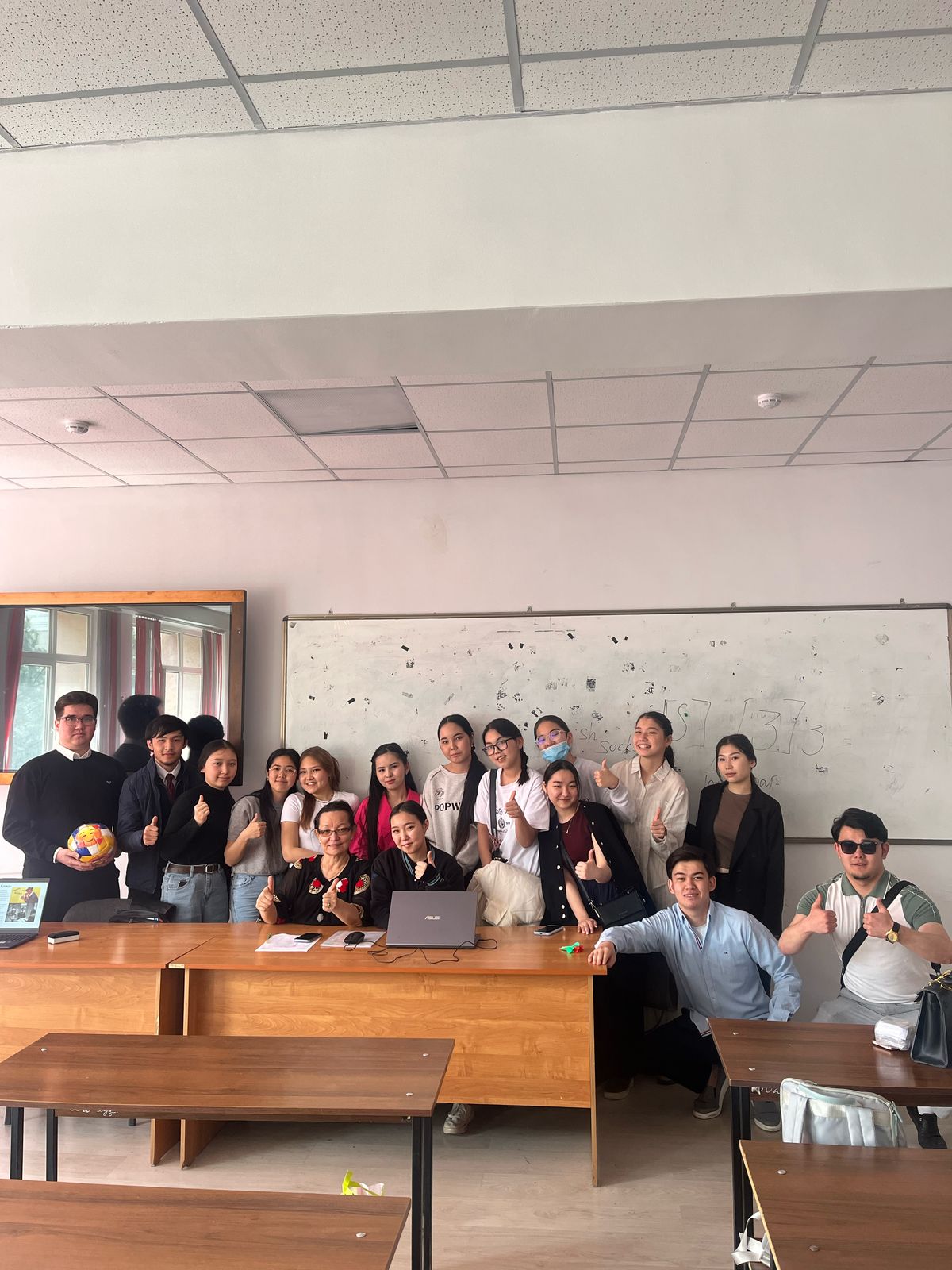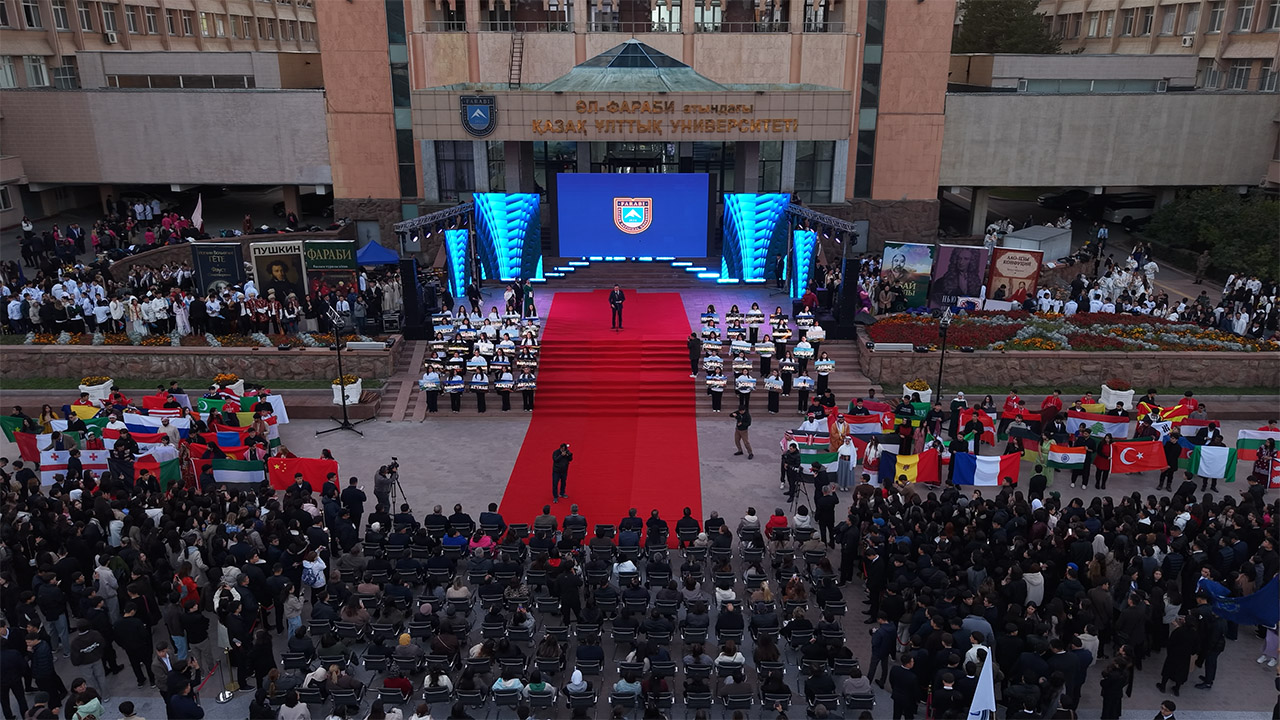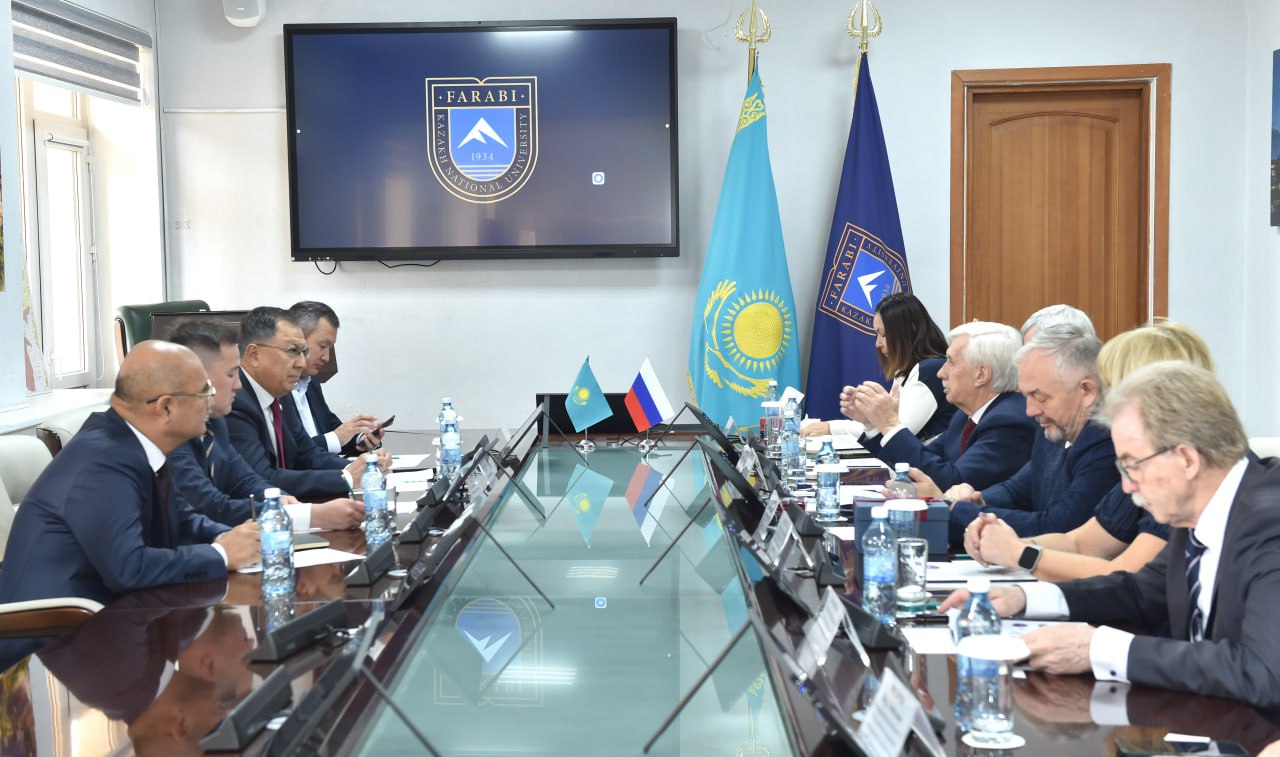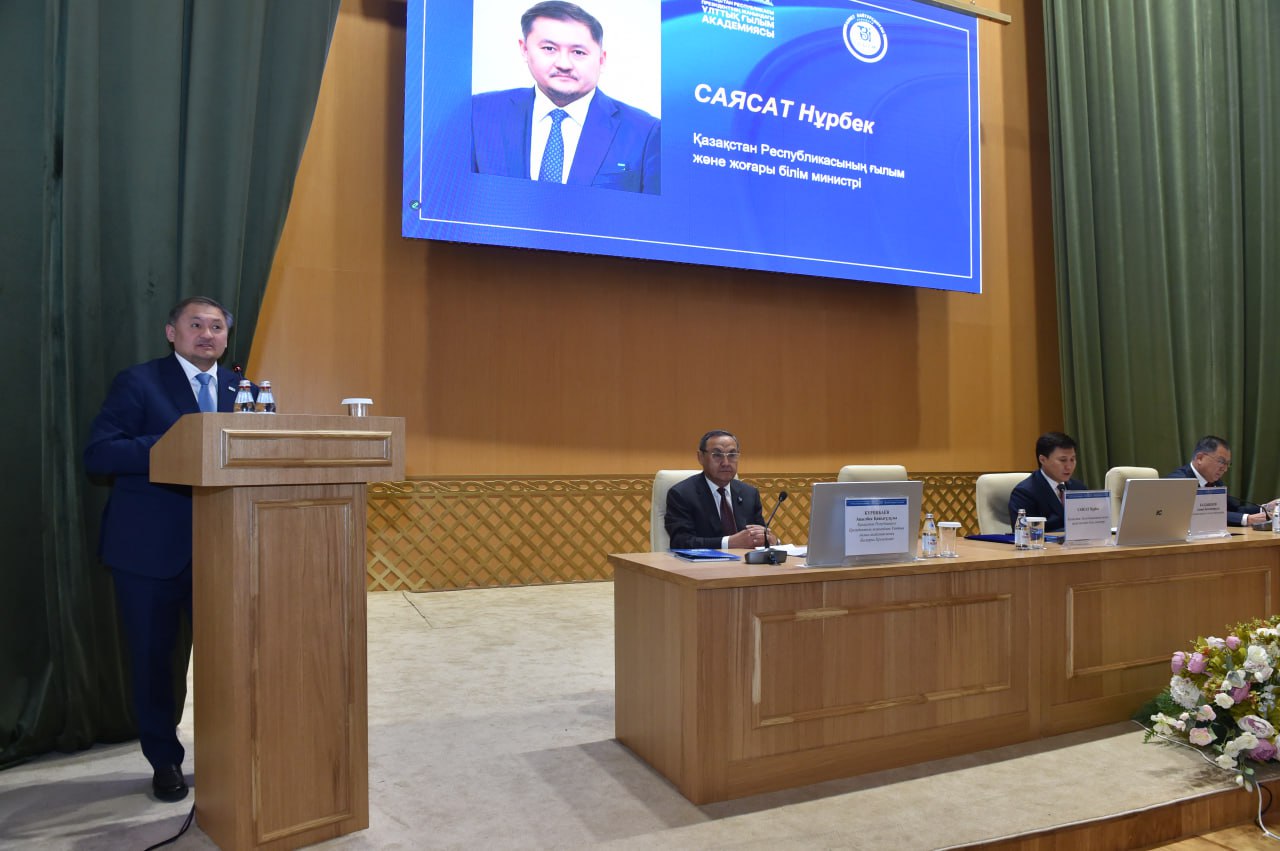Cultural Issues. Literature and Cinematography

The most essential tool of culture is literature, as it serves as a mirror reflecting the spiritual life, values, history, and social structure of society. On April 15, 2025, the demonstration lesson was held with the first-year students "Literary Studies" major. It provided an opportunity to further emphasize the importance of this statement. It was organized under the guidance of senior lecturers, PhD in Philology R.S. Imakhanbet and Doctor of Philological Sciences, Senior Lecturer G.Zh. Bolatova, at the Department of Kazakh Literature and Literary Theory of the Philological Faculty of Al-Farabi Kazakh National University, the lesson was conducted by the first-year master's degree student of "Kazakh Language and Literature" major Abilda Bekzat. The lesson topic was "Cultural Issues. Literature and Cinematography."
During the lesson, the students delved into the depths of literary works, analyzing the characters' behaviors, destinies, and artistic features. Additionally, the relationship between literature and its cinematic adaptations was discussed as a significant issue in the interaction between culture and literature. This lesson not only allowed the students to understand literary texts but also opened new approaches to perceiving them from a cultural and artistic perspective.
From the very first minutes of the class, a creative environment focused on discussing cultural issues was formed. Students, divided into groups, worked together by matching fragments of literary excerpts and movie titles, which encouraged them to share ideas and engage in constructive dialogue.
During the class, the participants were divided into two groups to analyze the cultural characteristics of literary adaptations to the screen from different angles. The first group examined how characters' images changed in adaptations and how primary and secondary roles were assigned. The second group focused on the artistic methods of cinematization (visualization, dialogue, using frames for characterization). Each group demonstrated their creative abilities by preparing posters and presentations, which they then defended in the class.
In the next stage, the students were introduced to the "Character in the Frame" method. Each group selected a fragment from a cinematic adaptation of a literary work and analyzed the character's traits, inner world, and the artistic techniques used by the director (lighting, color, music, angle). They compared the image of the character in the literary version with the one on screen, identifying the similarities and differences. This task helped students develop skills in analyzing both literary texts and the language of cinema.
At the end of the lesson, the students shared their impressions and discussed the role of literature and cinema in culture, as well as the importance of their complementary relationship. Many noted that watching a cinematic adaptation after reading the literary work deepens their understanding of the text.
This lesson, based on creativity, critical thinking, and teamwork, broadened the students' perspectives on cultural issues and improved their skills in analyzing the connection between literature and cinematography.


